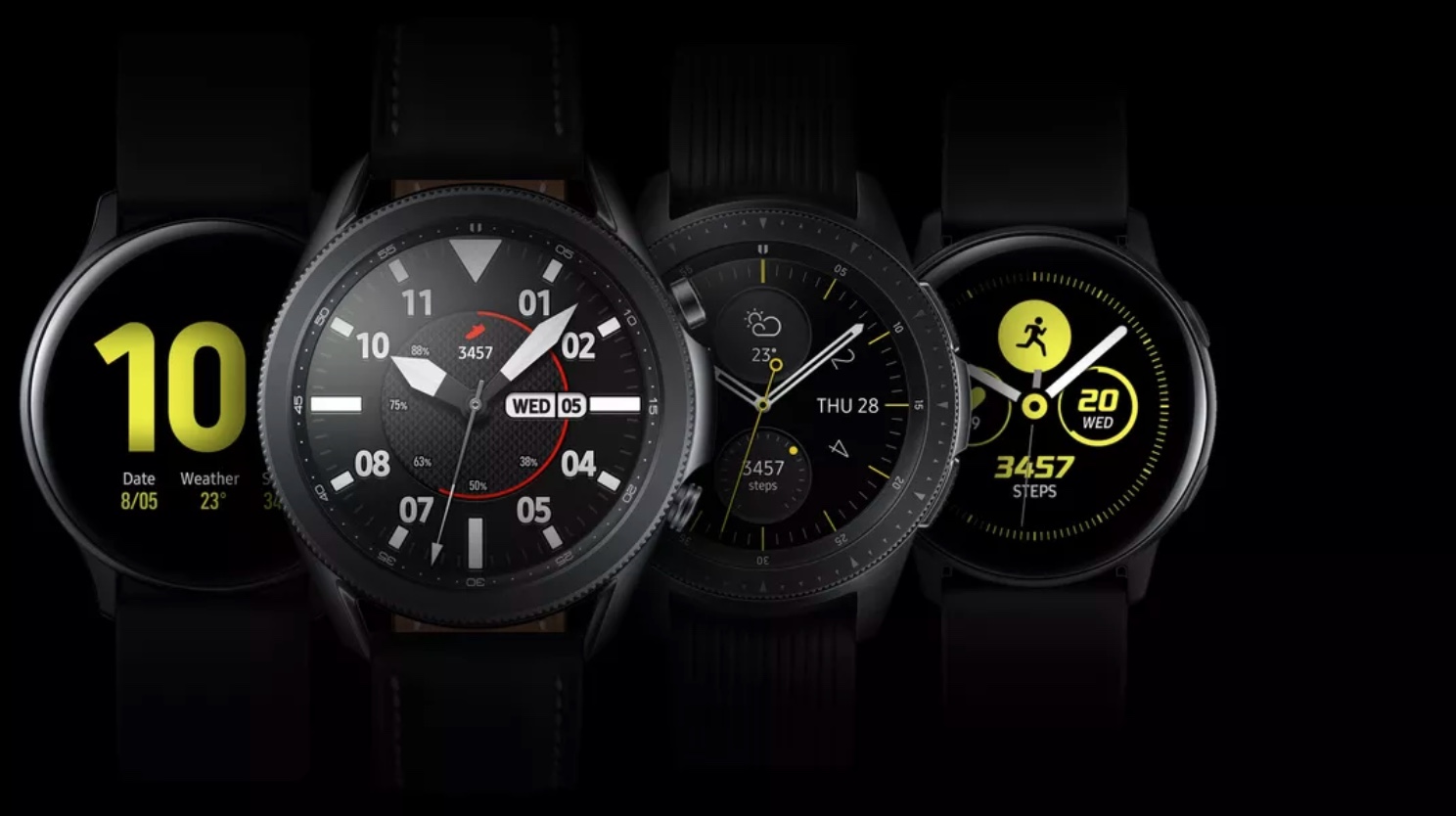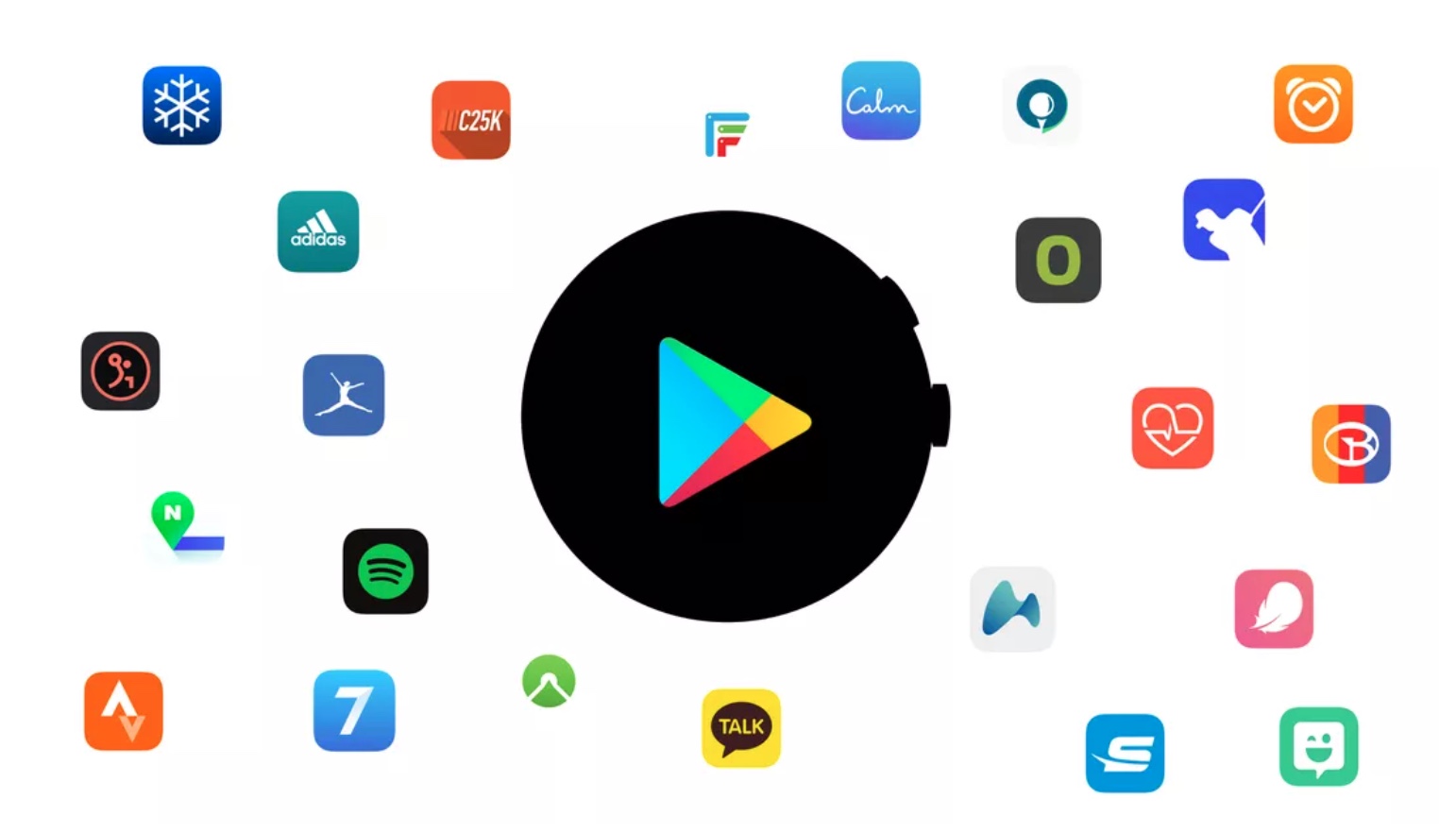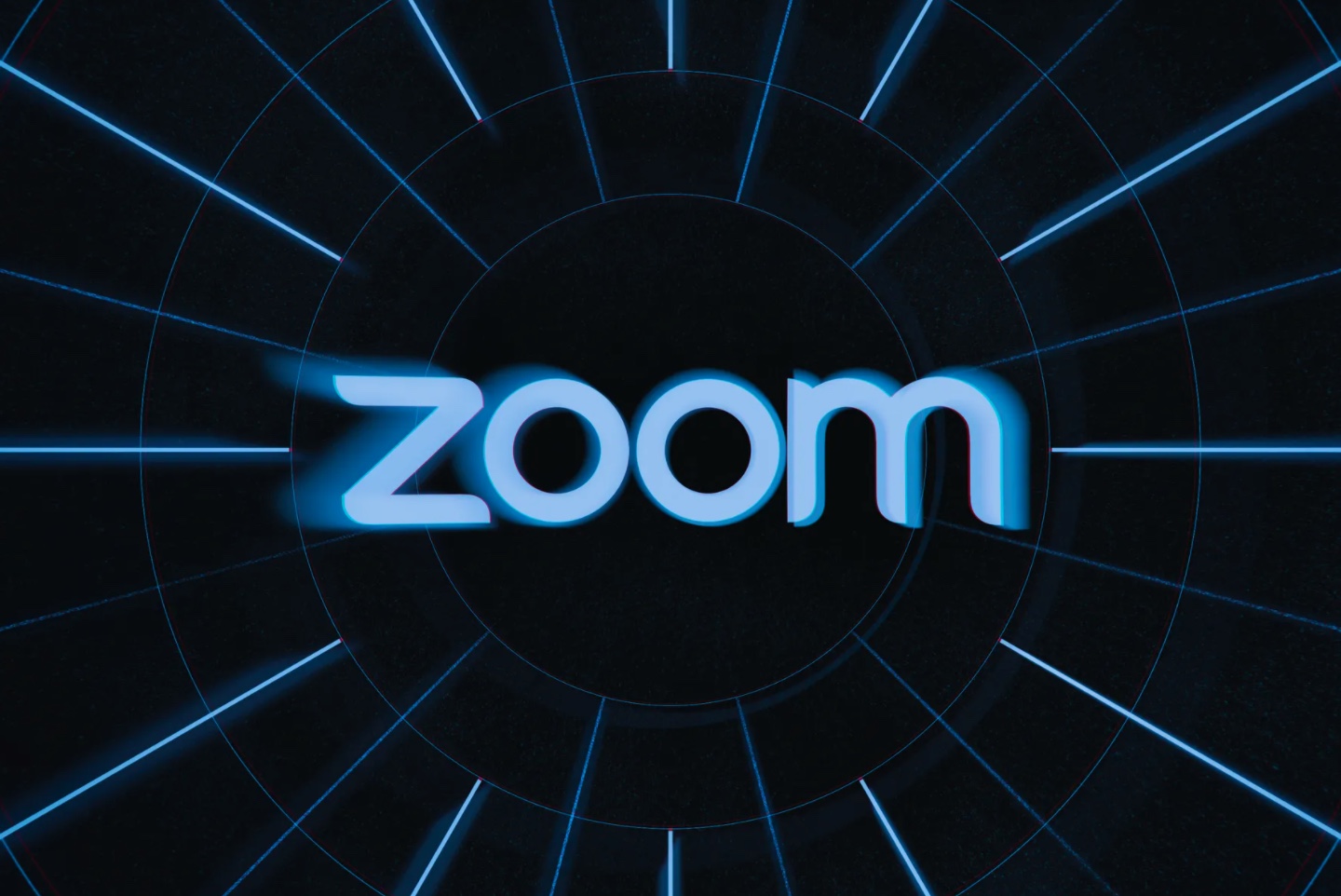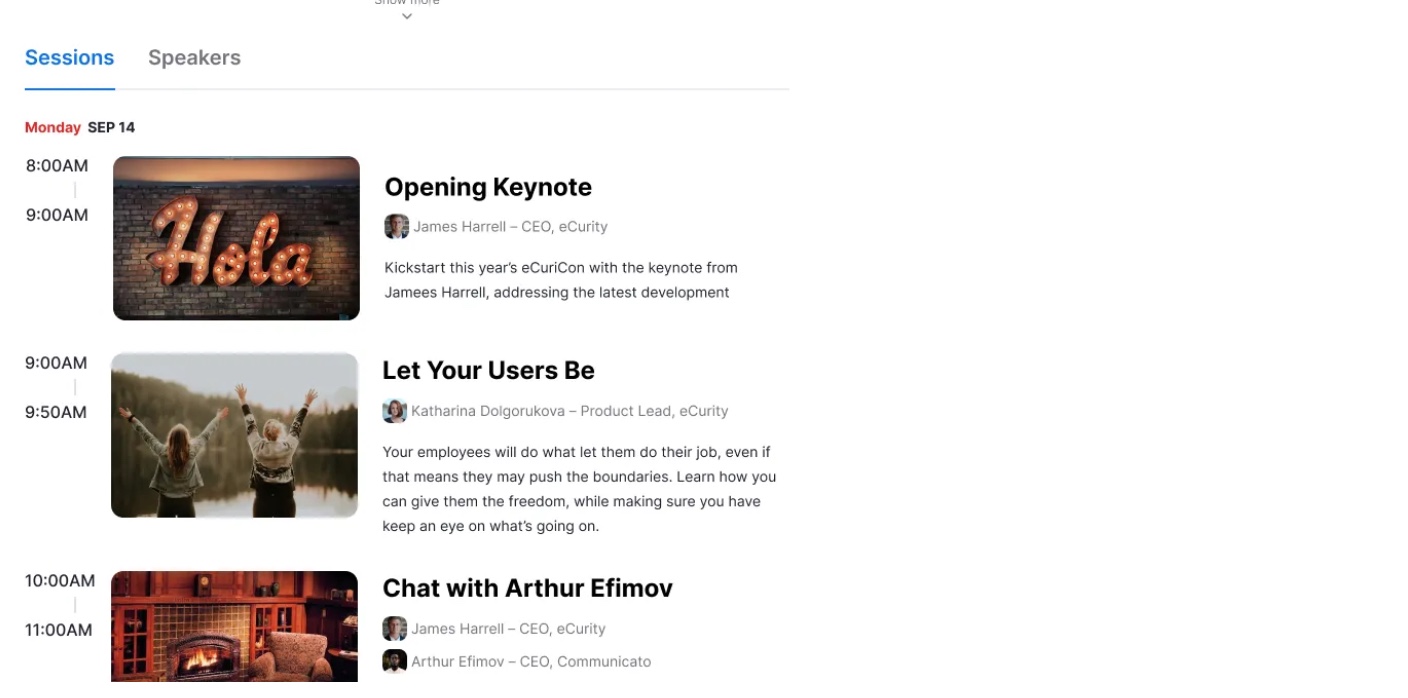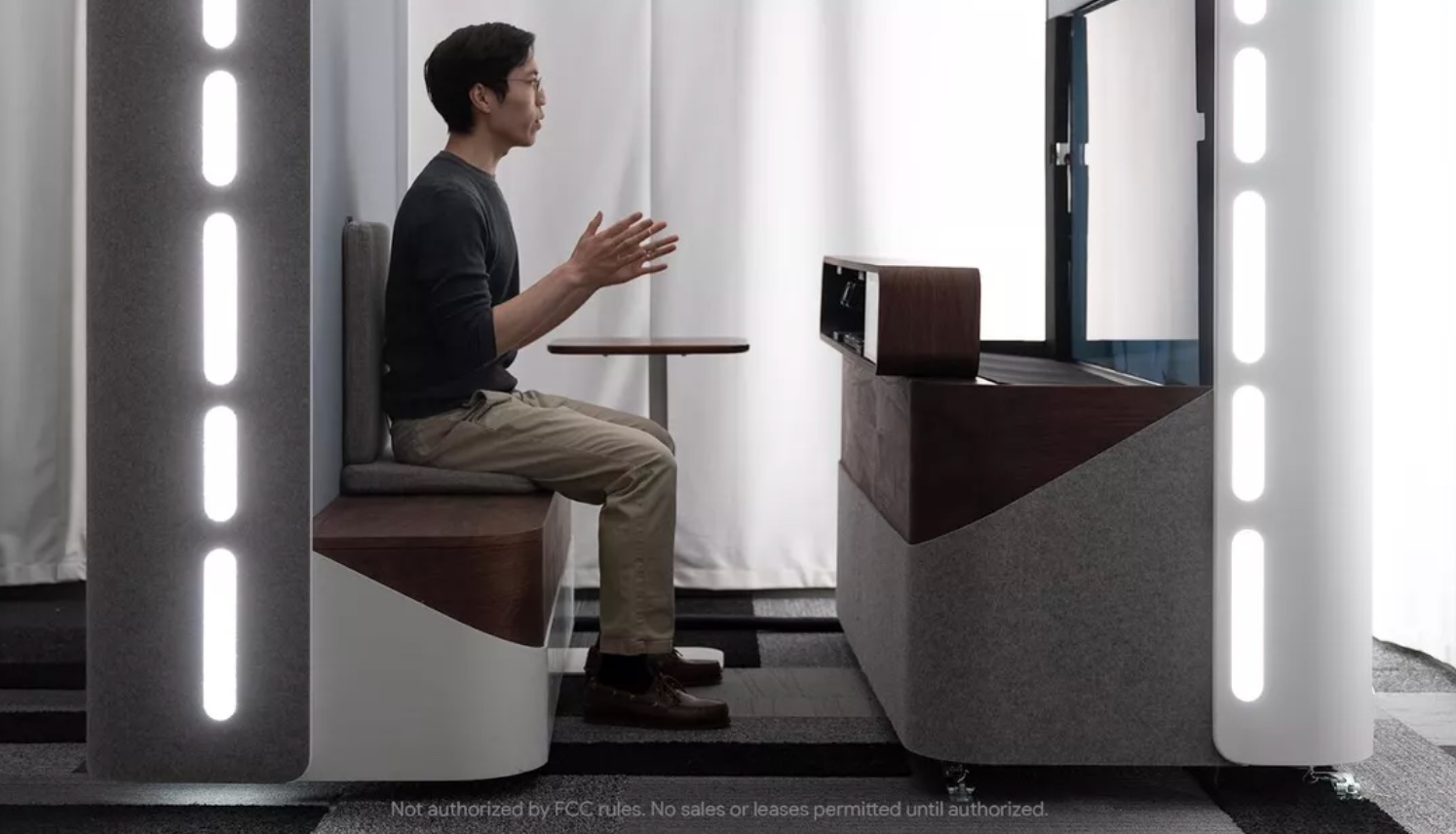Communication can take many forms. Most of us have gotten used to voice and video calls over the past year. But Google presented an even more advanced form of virtual communication at its recent developer conference. This is a conversation in an environment reminiscent of virtual reality, but for which VR or AR glasses are not required. In addition to this news, in our roundup of the day today, we will cover the joint project of Samsung and Google and improvements for the Zoom platform.
It could be interest you

Samsung and Google are joining forces to jointly develop a new operating system
Samsung and Google announced this week that they are joining forces to jointly create their own platform, tentatively called Wear. It should be a new operating system designed for wearable devices such as smart watches. The new system should offer a number of new features and improvements such as significantly longer watch battery life, smoother and faster operation, faster loading of applications (including Spotify in offline mode) or the presence of pre-installed applications. In addition to users, developers will also benefit from the unified system, for whom the creation of software will be significantly easier and better. The new operating system should find its way not only into smart watches from Samsung's workshop, but also into wearable electronics produced by Google. Users will certainly be pleased to be able to use the Google Play payment system on Samsung watches as well.
Zoom will bring improvements in communication
Although the world is slowly but surely returning to normal mode and many people are moving from their homes back to their offices, companies that are in charge of various communication platforms are certainly not idle. The creators of Zoom are no exception in this regard. They announced yesterday that they will continue to improve their communication platform. The upcoming news will include, for example, the possibility to use Zoom for multi-day events or for exclusively written communication in the form of a chat. Features that will target businesses in particular should be launched in Zoom this summer. The creators of Zoom have recently been trying to adapt their platform as much as possible to larger businesses and events such as larger conferences or webinars. As part of the improvements, users will also be able to participate in a written conversation before the actual start of mass events. With these innovations, Zoom tries to create the impression of real meetings, conferences and seminars as much as possible.
3D video chat from Google
We'll stick with video calling for a while. Due to the pandemic situation, many people had to get used to communication via platforms such as Skype, Zoom or Google Meet over the course of the last year. Hours and hours of video conferences or virtual classes can also have a negative effect on people's psyche, not to mention that this style of communication cannot replace a "live" meeting. Therefore, Google has developed a project called Starline, which is supposed to help users in the future to add a slightly more human dimension to long-distance communication. The Starline project represents a completely new way of virtual communication that feels like something out of a science fiction movie.
In it, users sit in front of a device that looks like a window. In this window, they see their counterpart in 3D and life-size, and can interact with them in exactly the same way as if both parties saw each other face-to-face, including gestures and facial expressions. The Starline project works with technologies such as computer vision, machine learning, surround sound and more. It is understandable that, due to the technical complexity, the result of the Starline project will definitely not spread on a mass level, but it is definitely an interesting undertaking that is worth watching.

